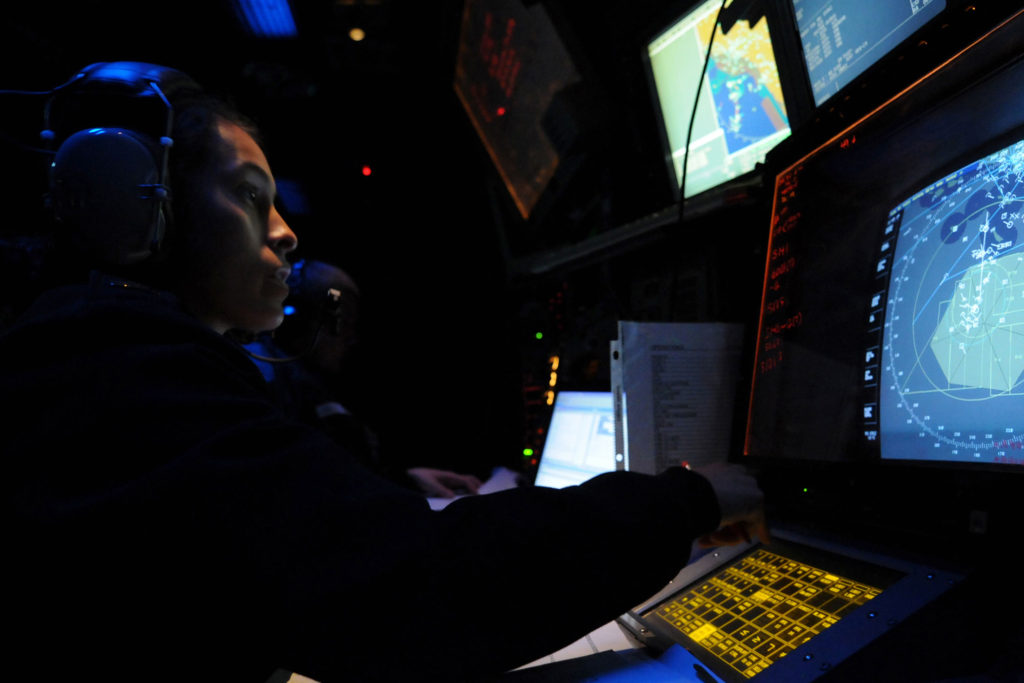Japan said it would spend $4.2 billion over the next 30 years on installing and operating U.S. radar systems to protect itself against missile threats.
The move, announced by Defense Minister Itsunori Onodera on Monday, July 30, is the latest step by Tokyo to upgrade its military. Japan says North Korea’s nuclear weapons and ballistic missiles pose a direct threat.
U.S. firm Lockheed Martin has offered to build the radars needed for a new ground-based Aegis Ashore missile defense system at a cost of roughly 134 billion yen ($1.21 billion) per unit, Onodera told reporters.
The cost of the radars is more than double the original estimate, The Yomiuri Shimbun reported.
The combined expenditure for two units as well as maintenance and operational costs for the next 30 years was estimated at 466 billion yen ($4.2 billion), the defense ministry said.
That does not include additional costs involved with the system that have yet to be outlined, including missile launchers and the missiles themselves.
“Our country’s ballistic missile defence capacity will significantly improve,” Onodera said.
“The cost is not fixed yet. We will examine the prices at every level possible,” he added.
Raytheon’s SPY-6 and a version of the Lockheed Martin Long Range Discrimination Radar were competing for the contract, according to The Japan Times. An unnamed official said LRDR was selected for its search capabilities and lower life cycle cost.
Japan aims to have the system operational by 2023.
Separately on Monday, Japan launched a next-generation Maya-class Aegis destroyer with the latest version of the Aegis system, The Japan Times reported. The ship is slated to be commissioned in March 2020. Japan plans to build a second Maya-class ship and is to upgrade the Aegis system of two Atago-class destroyers. It plans to have eight ballistic missile defense-capable Aegis destroyers by 2021.
The Maya-class destroyers will be equipped with the U.S.-made Cooperative Engagement Capability which will enable them to share radar and fire-control data with the U.S. Navy.
In January it was reported that Japan was planning to integrate a new Aegis “engage on remote” missile intercept system on the Maya-class ships at a cost of 340 billion yen ($52.3 billion).
Prime Minister Shinzo Abe has argued for the upgrading of the nation’s military in light of threats from North Korea, which has several times fired missiles near Japan.
Abe has maintained a hardline position against the North while the leaders of South Korea, China and the United States have shifted in recent months towards diplomacy with Pyongyang.
The Aegis radar purchase comes as trade tensions between the U.S. and Japan cast a shadow over the friendship between the country’s leaders that Abe has pursued.
The radars can now be added to next month’s defense budget proposal, ahead of a possible meeting between Abe and U.S. President Donald Trump in September at the United Nations.
Trump has pushed Tokyo to buy more U.S. products, including military equipment, but has angered allies including Japan recently with trade tariffs.
Japan’s constitution restricts the military to self-defense and the country relies heavily on the U.S. under a bilateral security alliance.
With reporting from AFP



